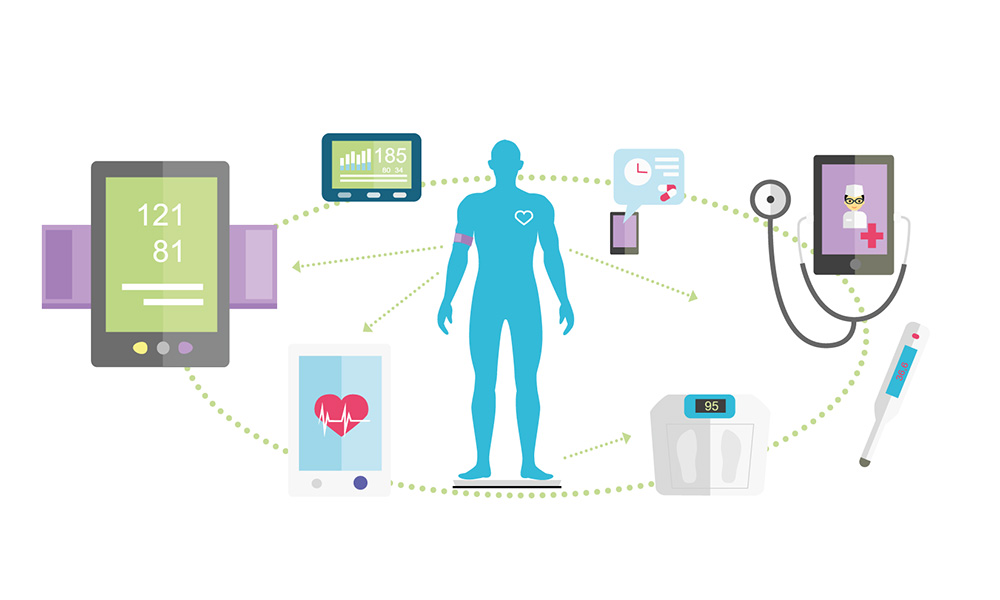The idea of wearable may have begun life as science fiction, but they have quickly become items that many people have embraced. And while some people are wary about the safety of their personal data and the wider implications of wearables, the road to mainstream acceptance is leading to some potentially exciting destinations, especially in the area of health and wellness.
Athletes have led the way
Serious gamers tend to be the people who are eager to be the first to find and try the next big thing, whether that is a new game or a new piece of equipment that could give them an edge over the competition (until it becomes affordable enough to go mainstream and the competition catches up).
In the world of health and wellness, the equivalent of gamers are athletes, professional and otherwise, who have long since caught on to the idea of using technology to improve their performance and, in particular, to give them access to data which can be mined for information about their strong points and where they need to improve.
The nature of sport being what it is, there was a lot of obvious crossover between the technology used to monitor the fitness of athletes and the sort of technology that could prove useful in mainstream medicine.
Mainstream medicine starts to go high tech
Mainstream healthcare in the UK has been relatively slow to adopt wearable technology. After all, it revolves around the NHS, which tends to be infamously behind the technological curve, hence the fact that it was running Windows XP in 2017, even though Microsoft had ended mainstream support for this operating system way back in 2009 and extended support in 2014.
Slowly, however, the NHS seems to be coming round to the idea that technology can be used to deliver healthcare more effectively and that this particularly includes wearable technology.
At the current time, there are two key areas in which wearable technology could be of great interest to the NHS in its efforts to “work smarter not harder”. The first is in the area of monitoring health signs. Wearable technology could relieve staff of the need to keep checking patients for their vital signs. Instead of taking blood pressure or heart rate measurements manually, they would simply hook up patients to the wearable device and have the relevant data fed through to them, with alerts as required.
The second is in the field of surgery, especially training. Currently, surgery is very much a profession where staff need to be physically present, which can lead to numerous practical and logistical challenges. If wearable technology, such as “robot gloves” allows surgeons to work remotely, it could help to alleviate these challenges and make operating theatres run more smoothly and efficiently. It could even open up the potential for healthcare to be delivered on a truly global basis.
Self-monitoring and health
Wearables can also play an important role in patients managing their own healthcare outcomes. People are sometimes discharged from the hospital with bulky equipment to manage their own monitoring, while wearables could be a much more subtle and streamlined way to keep track of important metrics that can be fed back to hospitals to monitor the data.

